No monthly fee security cameras are surveillance devices that store video footage locally, typically on a microSD card or a connected Network Video Recorder (NVR), eliminating the need for recurring subscription payments for cloud storage. These cameras offer a one-time purchase solution for home security, providing key features like live streaming, motion alerts, and video playback directly from a user's smartphone app without ongoing costs.

This comprehensive breakdown explains how these subscription-free systems work, what benefits they offer, and what critical features you should look for to ensure your property is protected effectively and affordably.
- What Exactly Are No Monthly Fee Security Cameras?
- Why Choose a Security Camera Without a Subscription?
- What Key Features Should You Demand in a Subscription-Free Camera?
- How Do You Set Up and Manage a No-Fee Security System?
- How Much Local Storage Do You Actually Need?
- Are All Features Available Without a Subscription?
- Which Type of Subscription-Free Camera Is Right for You?
- Frequently Asked Questions About Subscription-Free Security
What Exactly Are No Monthly Fee Security Cameras?
The defining characteristic of no monthly fee security cameras is their ability to function fully without a recurring payment plan. While many brands push cloud-based subscriptions as the primary way to store and access video clips, subscription-free models provide an alternative that prioritizes user ownership and control. The entire system is built around self-sufficiency, giving you peace of mind without a constant drain on your wallet.
This approach doesn't mean the cameras are "dumber" or less capable. On the contrary, modern devices pack powerful processors that handle tasks like AI-powered motion detection directly on the camera itself. This "on-device" processing means you get smart, relevant notifications without your data ever needing to be sent to a third-party server for analysis, a major benefit for both speed and privacy.
The Core Difference: Local vs. Cloud Storage
The fundamental distinction lies in where your video data is saved. With subscription-based models, motion-triggered events are uploaded to the company's servers (the cloud). Accessing this footage, especially older clips, almost always requires a monthly fee. If you stop paying, you often lose access to your video history and sometimes even premium features.
Security cameras without subscription plans utilize local storage. This is a physical storage medium that you own and control. The two most common forms are microSD cards, which are inserted directly into the camera, and Network Video Recorders (NVRs) or Digital Video Recorders (DVRs), which are separate devices that record from multiple cameras on your network. Your footage stays within your home, accessible via the companion app anytime.
How Do They Store Your Footage?
Understanding the storage mechanism is key. Most standalone cameras, such as indoor monitors and outdoor spotlight cams, feature a built-in microSD card slot. High-quality cameras, like those from Botslab, often support high-capacity cards up to 256GB, allowing for weeks or even months of continuous or event-based recording. When the card is full, the camera automatically overwrites the oldest footage, ensuring it never stops recording—a feature known as a loop recording.
For more extensive systems with multiple cameras, an NVR is a centralized hub with a large hard drive. It connects to your cameras over your local Wi-Fi or wired network to store vast amounts of footage in one secure location. This is a robust solution for covering a larger property without relying on individual SD cards.
Why Choose a Security Camera Without a Subscription?
Opting for a subscription-free security solution comes with a powerful set of advantages that appeal to budget-conscious and privacy-focused individuals alike. The initial hardware purchase is your primary investment, leading to significant financial and practical benefits over the long term.
The Financial Advantage: Long-Term Cost Savings
The most obvious benefit is the cost. A typical security camera subscription can range from $3 to $15 per camera, per month. For a system with three cameras, this can add up to over $500 per year. Over five years, that’s an extra $2,500 spent just to access your own video history. A no monthly fee security camera eliminates this expense entirely. You purchase the hardware and a microSD card, and that's it. The total cost of ownership is drastically lower, making advanced security accessible to more households.
Your Data, Your Control: Enhanced Privacy
When your video footage is stored locally, you are in complete control. The risk of your sensitive data being exposed in a large-scale cloud server breach is eliminated. Your recordings are not being accessed, analyzed, or monetized by a third party. For many, particularly for cameras placed inside the home, this level of privacy is non-negotiable. With end-to-end encryption between your camera and your phone, your live feed and recordings remain private.
Are There Any Downsides to Consider?
Transparency is crucial. The primary drawback of local storage is the physical risk. If a burglar were to steal the camera itself, they would also take the microSD card containing the evidence. To mitigate this, many users place cameras in discreet or hard-to-reach locations. Another solution is a system that pairs local SD card recording with an optional, affordable cloud backup for critical events, giving you the best of both worlds. It is also your responsibility to ensure the storage medium is functioning correctly.
What Key Features Should You Demand in a Subscription-Free Camera?
Going subscription-free does not mean sacrificing performance. The best modern cameras offer cutting-edge features that operate independently of a paid plan. When shopping, prioritize devices that deliver excellence in these core areas.
Crystal Clear Vision: Resolution and Night Vision
Image quality is paramount. A camera is only useful if it can capture clear, identifiable details. Look for a minimum of 2K (2304x1296) resolution, which offers a significant step up from traditional 1080p Full HD. This higher resolution allows you to zoom in on recorded footage to see faces, license plates, and other crucial details with greater clarity. Furthermore, advanced color night vision is a game-changer. Cameras equipped with built-in spotlights, like the Botslab Outdoor Cam 2 Pro, can illuminate the scene to record in vivid color after dark, providing far more useful information than grainy black-and-white footage.
Intelligent Alerts: The Power of On-Device AI
Generic motion alerts are a thing of the past. Constant notifications for swaying branches or passing cars can be frustrating. A top-tier subscription-free camera must have on-device AI detection. This means the camera's internal processor can distinguish between different types of motion, such as a person, a vehicle, a pet, or a package being delivered. The result? You receive highly accurate, relevant notifications. Because this analysis happens on the camera itself, it’s instantaneous and doesn't require a cloud subscription for its core functionality.
Power and Connectivity: Wired, Wireless, and Wi-Fi
Consider how the camera will be powered. Wire-free cameras run on rechargeable batteries, offering maximum flexibility in placement but requiring periodic charging. Wired cameras plug into a standard electrical outlet, providing constant, reliable power without battery concerns. For connectivity, ensure the camera supports a stable Wi-Fi connection (2.4 GHz is standard for range, while 5 GHz offers faster speeds) to ensure smooth live streaming and quick access to recordings.
Durability for the Outdoors: Weatherproofing Explained
For any camera placed outside, weather resistance is essential. Look for an IP66 rating or higher. An IP (Ingress Protection) rating indicates the device's level of protection against solids (like dust) and liquids (like rain and snow). An IP66-rated camera is fully protected against dust ingress and can withstand powerful jets of water, ensuring it operates reliably through harsh weather conditions year-round.
How Do You Set Up and Manage a No-Fee Security System?
Modern security cameras are designed for user-friendliness. The setup and management process is streamlined through intuitive mobile applications, making advanced technology accessible to everyone, regardless of technical skill.
The Simplicity of Installation
Most DIY security cameras can be installed in minutes. The process typically involves mounting the camera, plugging it in (or ensuring the battery is charged), and connecting it to your home's Wi-Fi network using the companion app. For instance, the Botslab app guides you through each step, from scanning a QR code on the camera to configuring your motion detection zones. There is no need for professional installation or complex wiring.
Accessing Your Footage: What Does the App Experience Look Like?
A well-designed app is your command center. From anywhere in the world, you should be able to:
- View a Live Feed: Check in on your property in real-time.
- Use Two-Way Audio: Listen and speak through the camera's built-in microphone and speaker.
- Review Recordings: Easily scroll through a timeline of motion-triggered events or continuous recordings stored on the SD card.
- Customize Settings: Adjust motion sensitivity, set up activity zones, and manage notification preferences.
The entire experience is self-contained and free. You can download clips directly to your phone's photo library to save or share them as needed, all without ever paying a subscription fee.
How Much Local Storage Do You Actually Need?
The amount of storage required depends on several factors: the camera's resolution, the recording method (continuous vs. event-only), and the number of motion events. Higher resolution video takes up more space. Continuous recording will fill a card much faster than recording only when motion is detected.
Here is a general estimate to help you choose the right microSD card size:
| SD Card Size | Estimated 2K Resolution Recording (Event-Based) | Estimated 2K Resolution Recording (Continuous) |
|---|---|---|
| 32 GB | 3 - 6 Days | ~24 Hours |
| 64 GB | 7 - 12 Days | ~2 Days |
| 128 GB | 14 - 25 Days | ~4 Days |
| 256 GB | 30 - 50+ Days | ~8 Days |
For most users, a 64GB or 128GB card offers a great balance, providing weeks of event-based recordings before the loop recording feature begins overwriting the oldest files. This ensures you have ample time to review and save any important incidents.
Are All Features Available Without a Subscription?
This is a critical question. With a true no-monthly-fee camera, all essential security functions should be available out of the box. This includes high-resolution live streaming, motion-triggered recording to local storage, push notifications, and two-way audio. Advanced features like AI-powered person and package detection should also work without a plan if they are processed on-device.
However, some companies adopt a "freemium" model. They may reserve certain non-essential, convenience-oriented features for an optional subscription. These often include:
- Extended Cloud History: While local storage is free, they may offer an optional plan to store a 30-day or 60-day history in the cloud as a secondary backup.
- Rich Notifications: Receiving a snapshot or short video clip directly in your phone's notification banner.
- Advanced AI Analytics: Features like facial recognition or sound detection (e.g., a baby crying or glass breaking).
The key is that the camera remains fully functional for core security and recording purposes without these add-ons. A reputable brand will be transparent about what is free and what is part of an optional, premium plan.
Which Type of Subscription-Free Camera Is Right for You?
Matching the camera to its intended environment is crucial for effective surveillance.
Indoor Cameras: Perfect for monitoring main living areas, nurseries, or entryways. Look for features like pan-and-tilt functionality to cover a whole room from one vantage point, clear two-way audio, and discreet designs. The Botslab Indoor Cam 2, for example, offers 360° coverage and AI-powered tracking to follow motion automatically.
Outdoor Cameras: These are your first line of defense. They must be weatherproof (IP66 or higher) and have excellent night vision. Models with integrated spotlights and sirens provide active deterrence, scaring off potential intruders before they act. Battery-powered options offer flexible placement, while wired models ensure you never worry about a dead battery.
Video Doorbells: A video doorbell replaces your existing doorbell and provides a live view of your front porch. It's an excellent way to screen visitors, receive package delivery alerts, and communicate with people at your door from anywhere, all without a mandatory subscription.
Frequently Asked Questions About Subscription-Free Security
Can I view footage remotely without a subscription?
Yes. As long as your camera is connected to your home Wi-Fi, you can access the live feed and all recordings stored on its microSD card from anywhere in the world using the companion smartphone app. The connection is secure and does not require a fee.
What happens when the local storage is full?
Virtually all modern cameras use a feature called loop recording. When the SD card runs out of space, the camera automatically deletes the oldest video file to make room for the newest one. This ensures recording is never interrupted.
Are security cameras without monthly fees less secure?
Not at all. Security depends on the manufacturer's implementation of encryption. Reputable brands use strong encryption (like AES-128 bit) to protect the data stream between the camera, your Wi-Fi router, and your phone. Because the footage is stored locally, it can even be considered more private than cloud-based solutions.
Do these cameras work without Wi-Fi?
Most cameras require a Wi-Fi connection to send notifications, enable remote viewing, and for initial setup. However, many will continue to record motion events to the local SD card even if the Wi-Fi connection temporarily drops. Once the connection is restored, you can view the footage that was recorded during the outage.



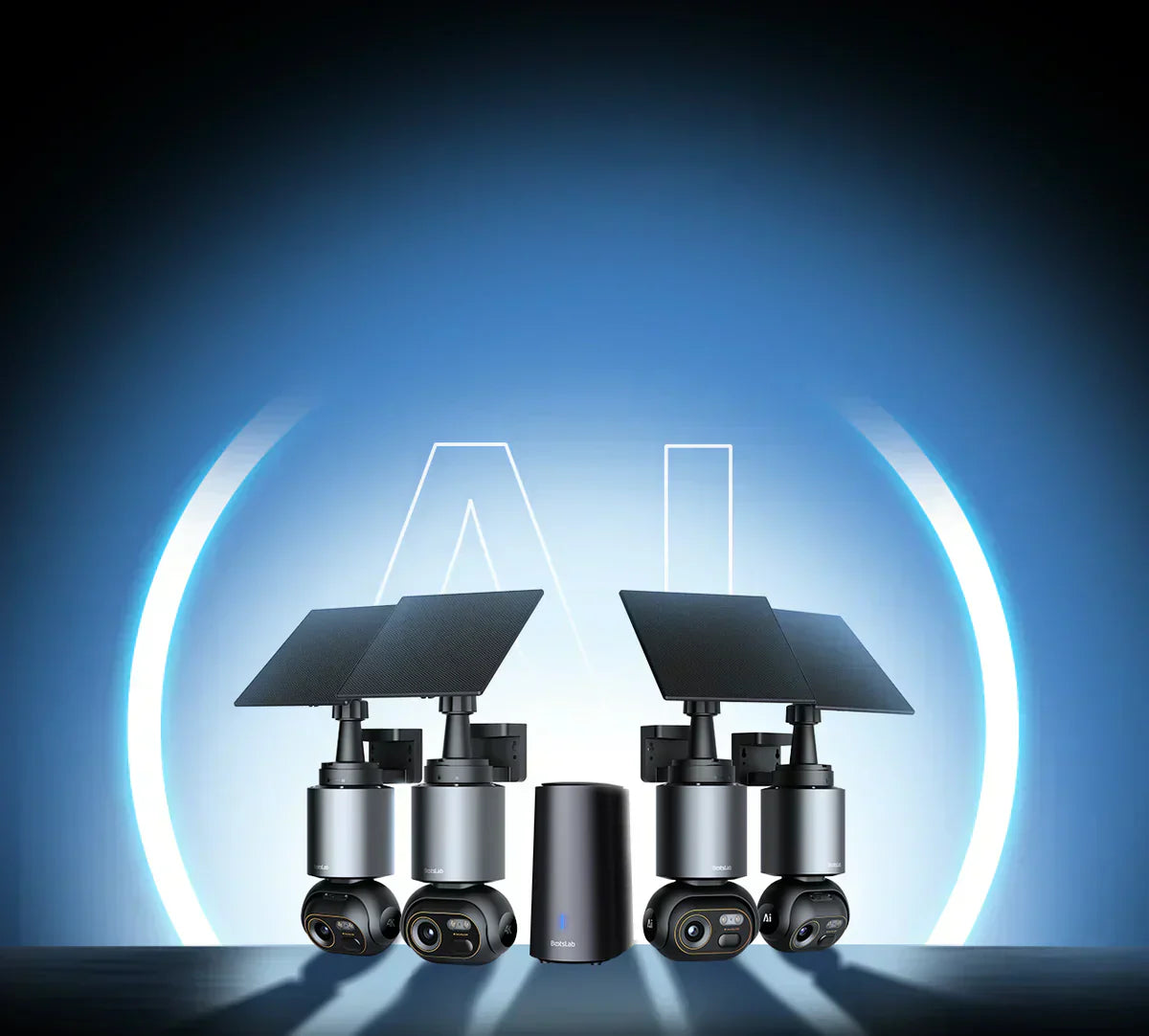
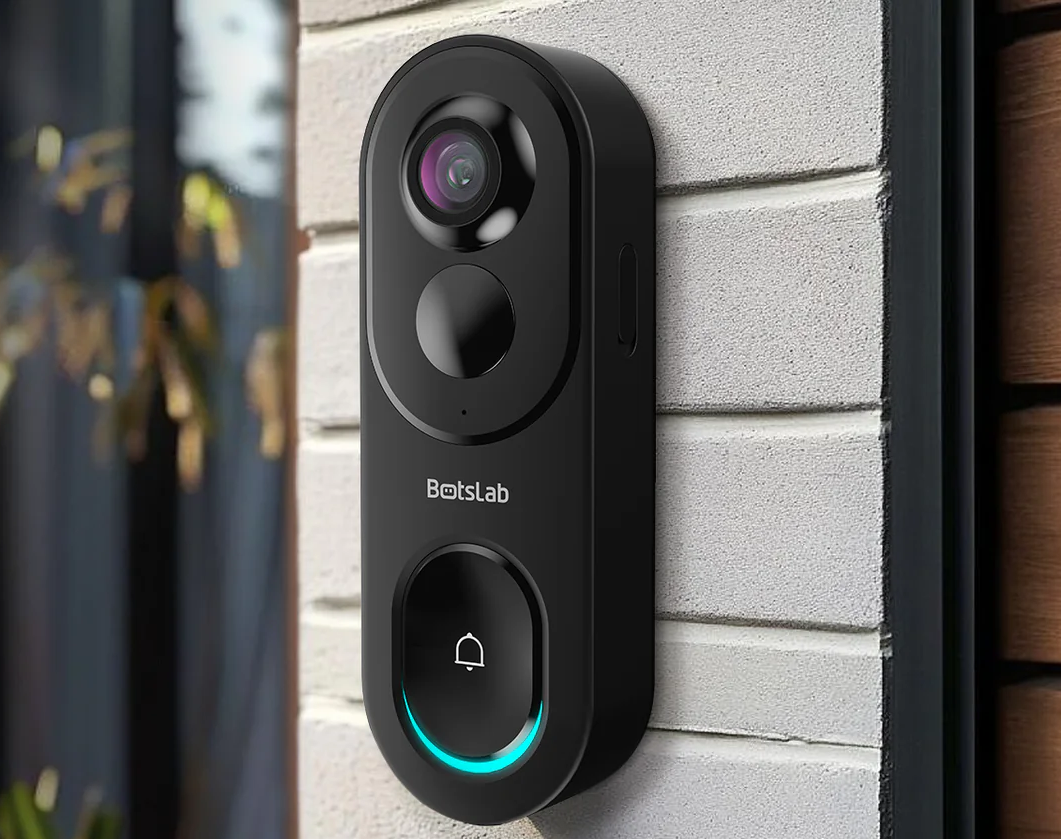



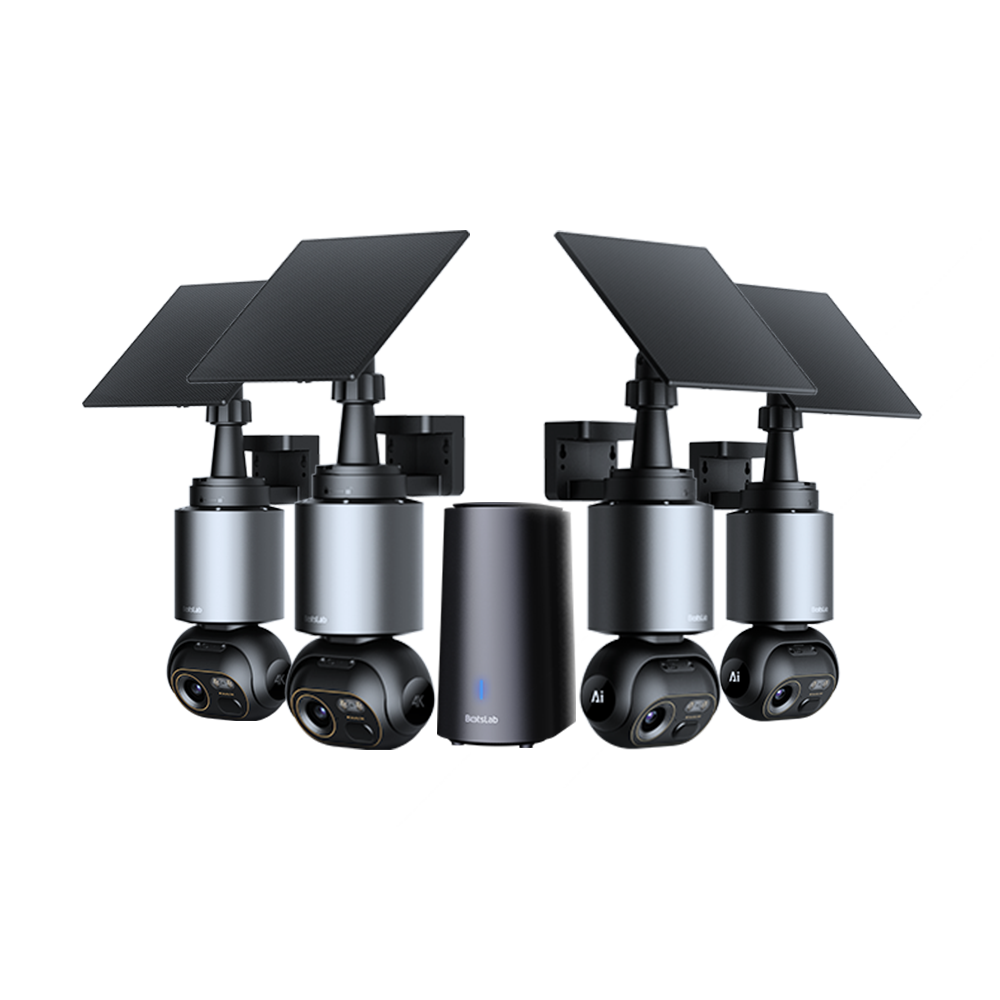


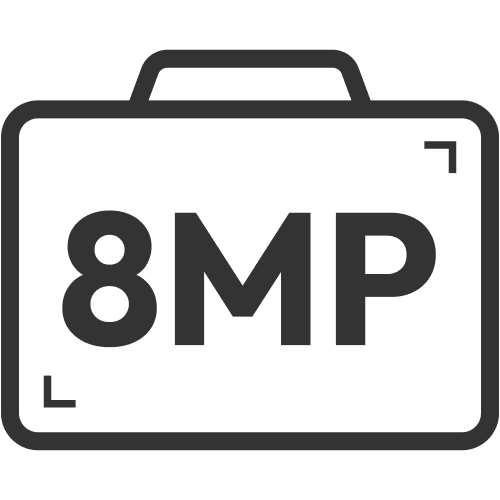

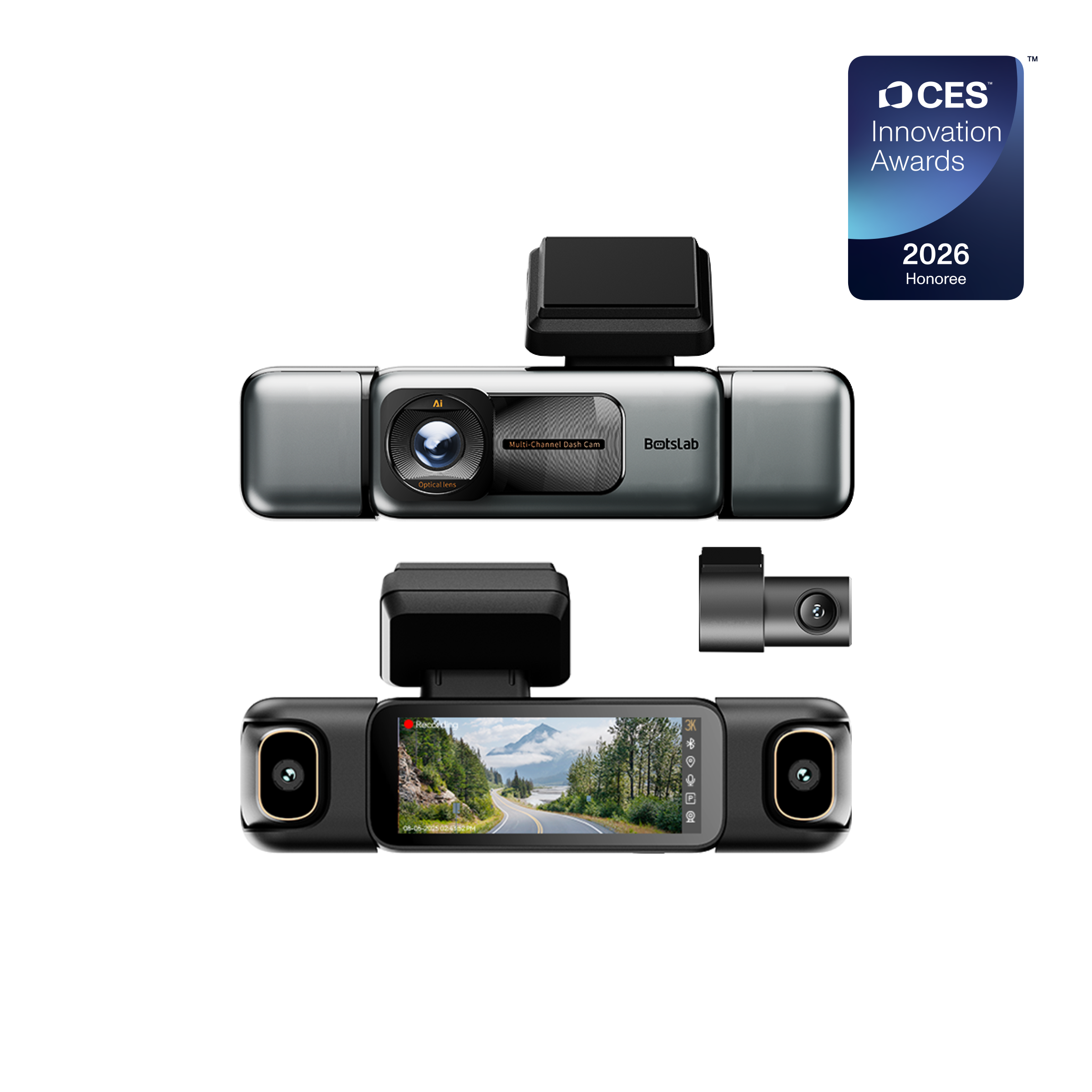
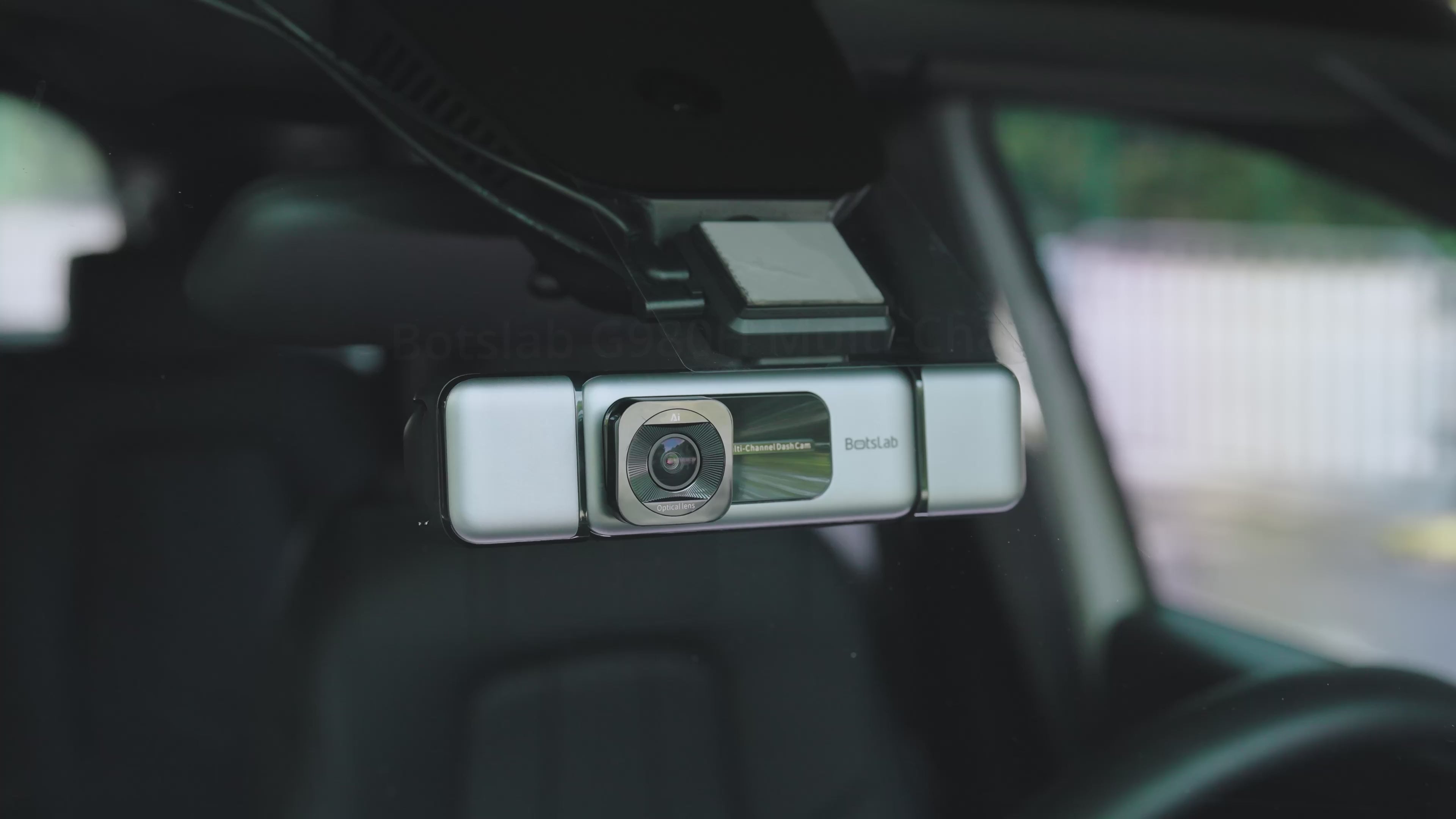
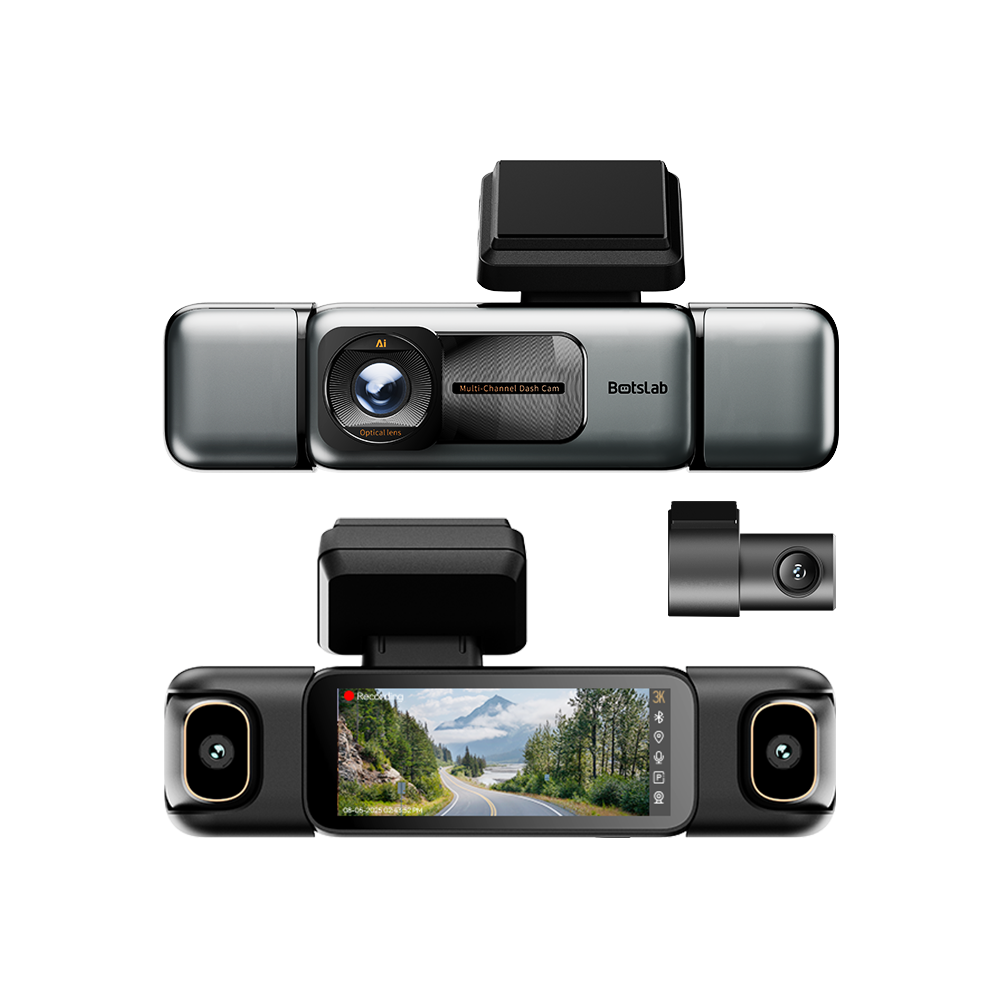
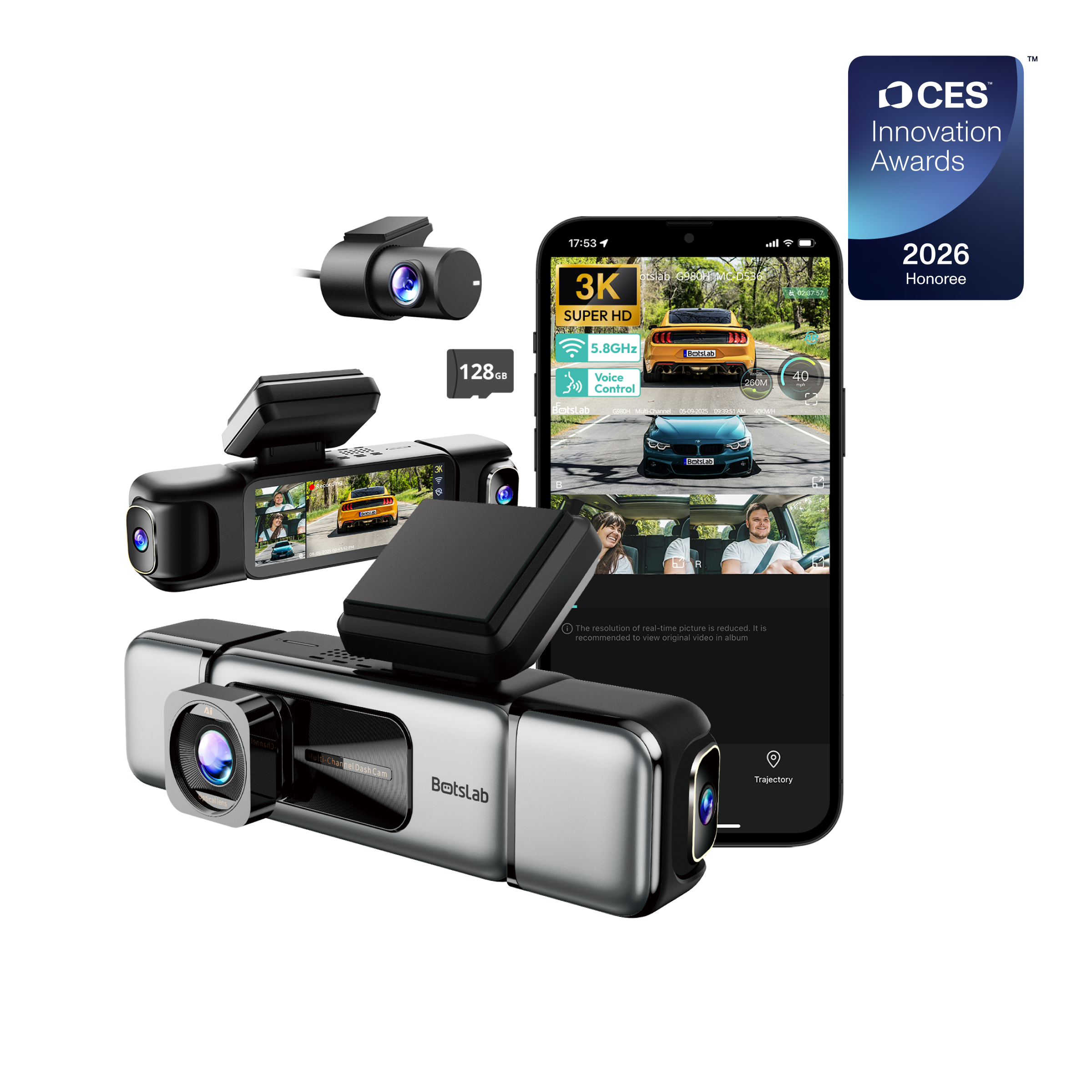
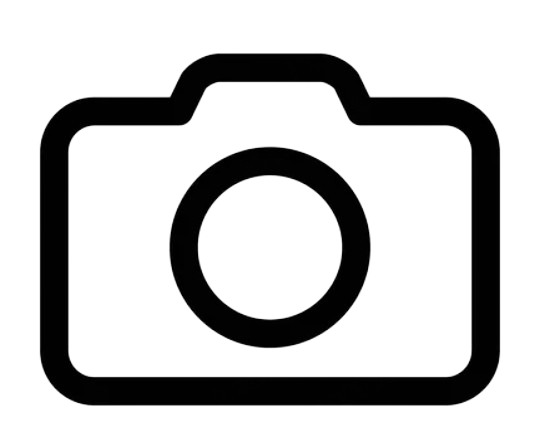


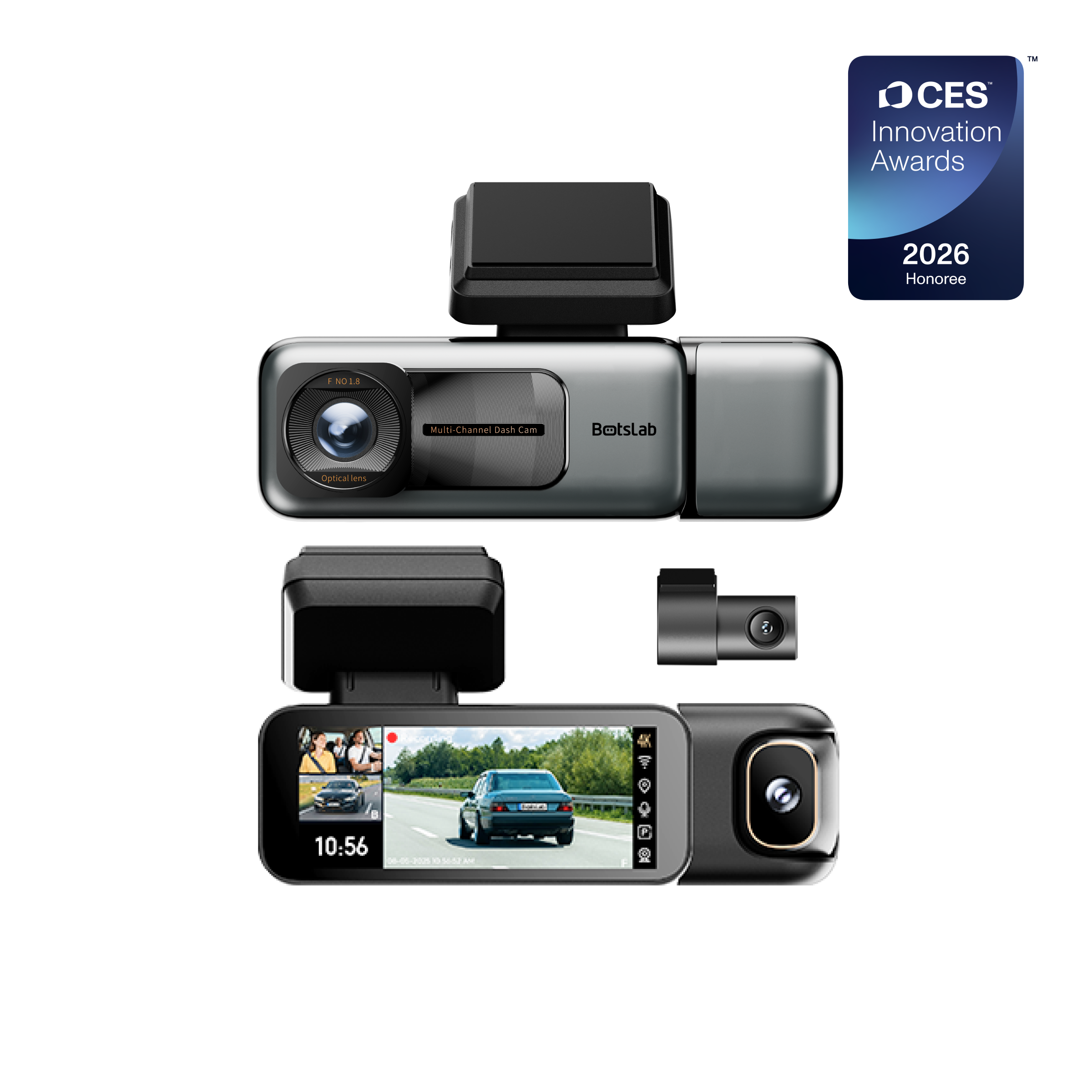
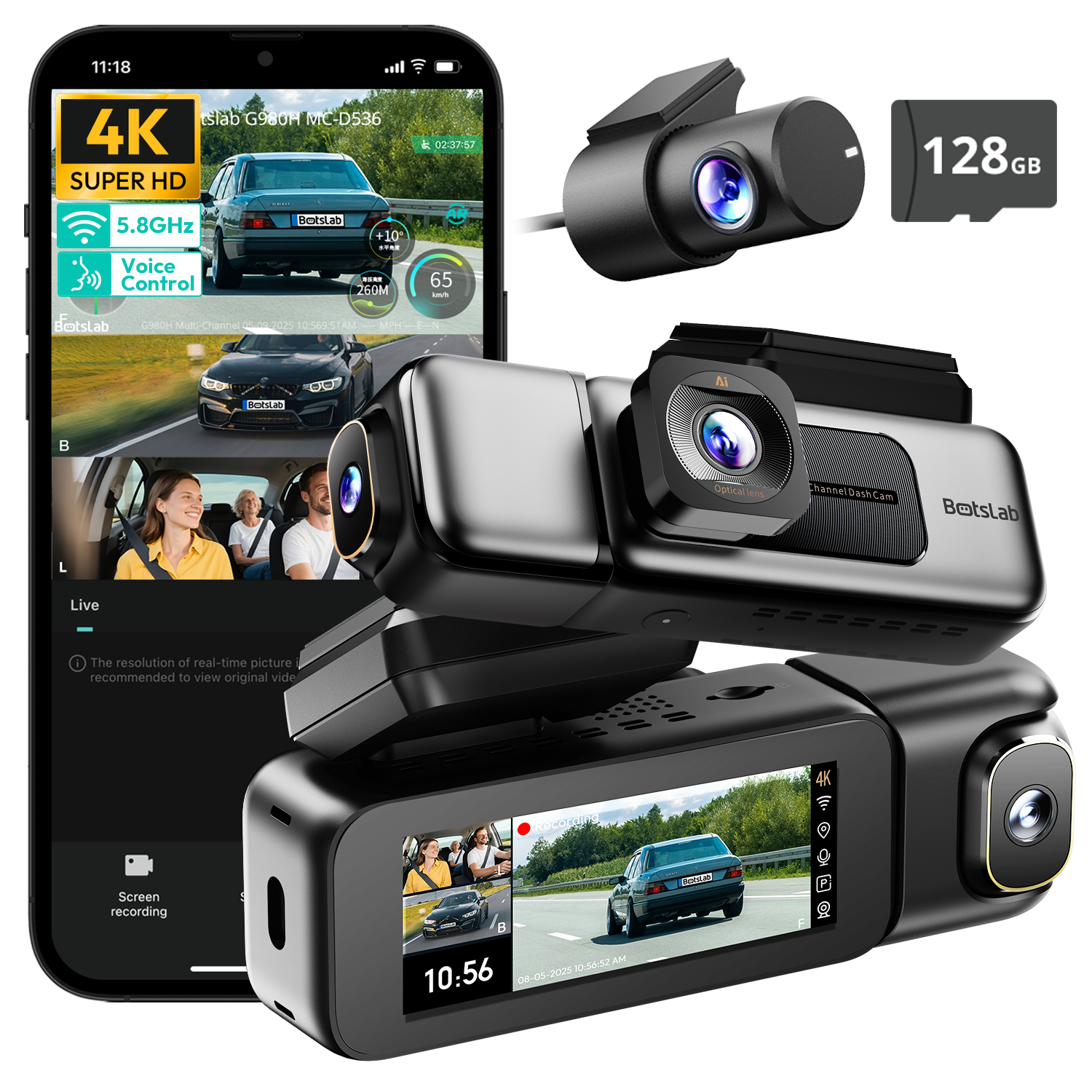



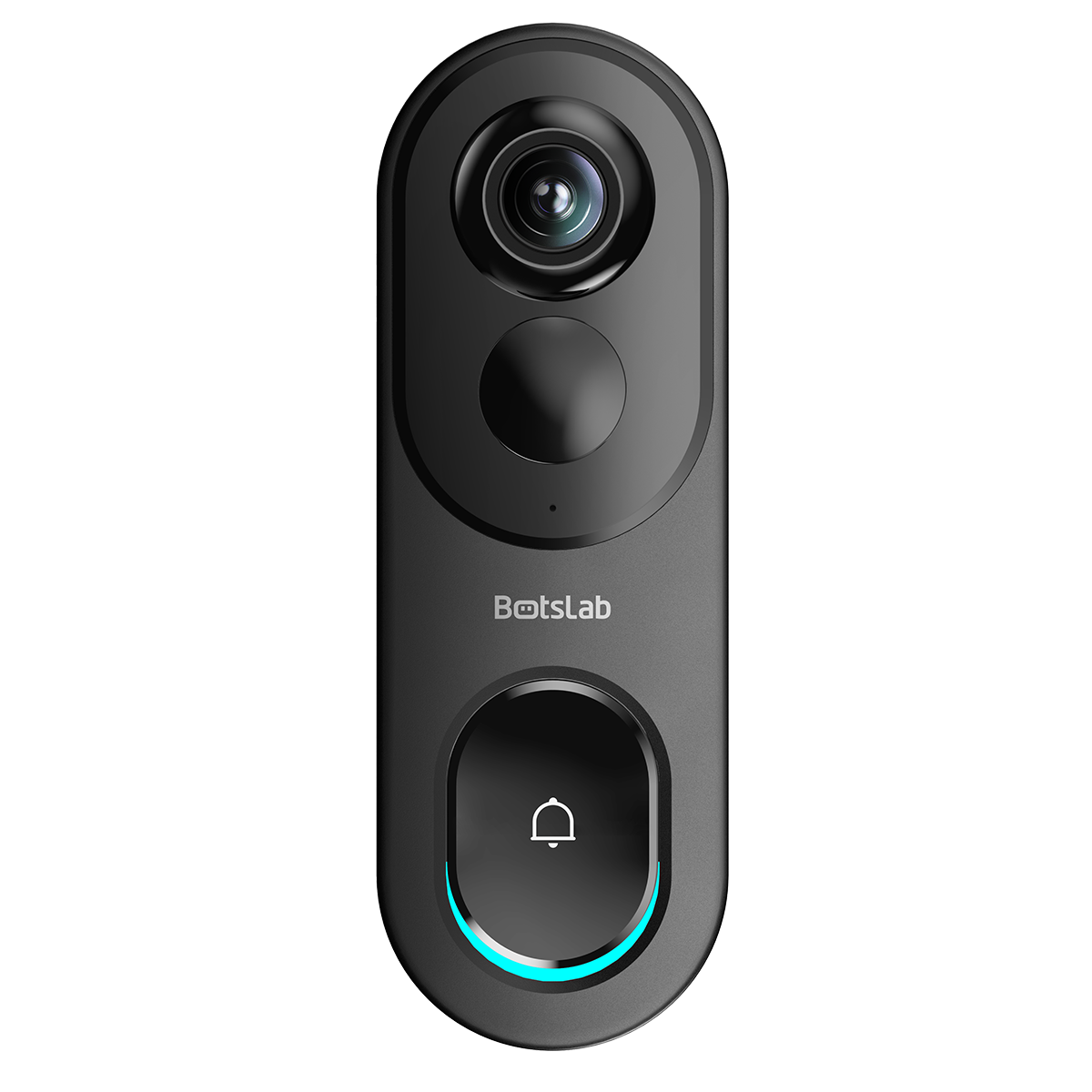




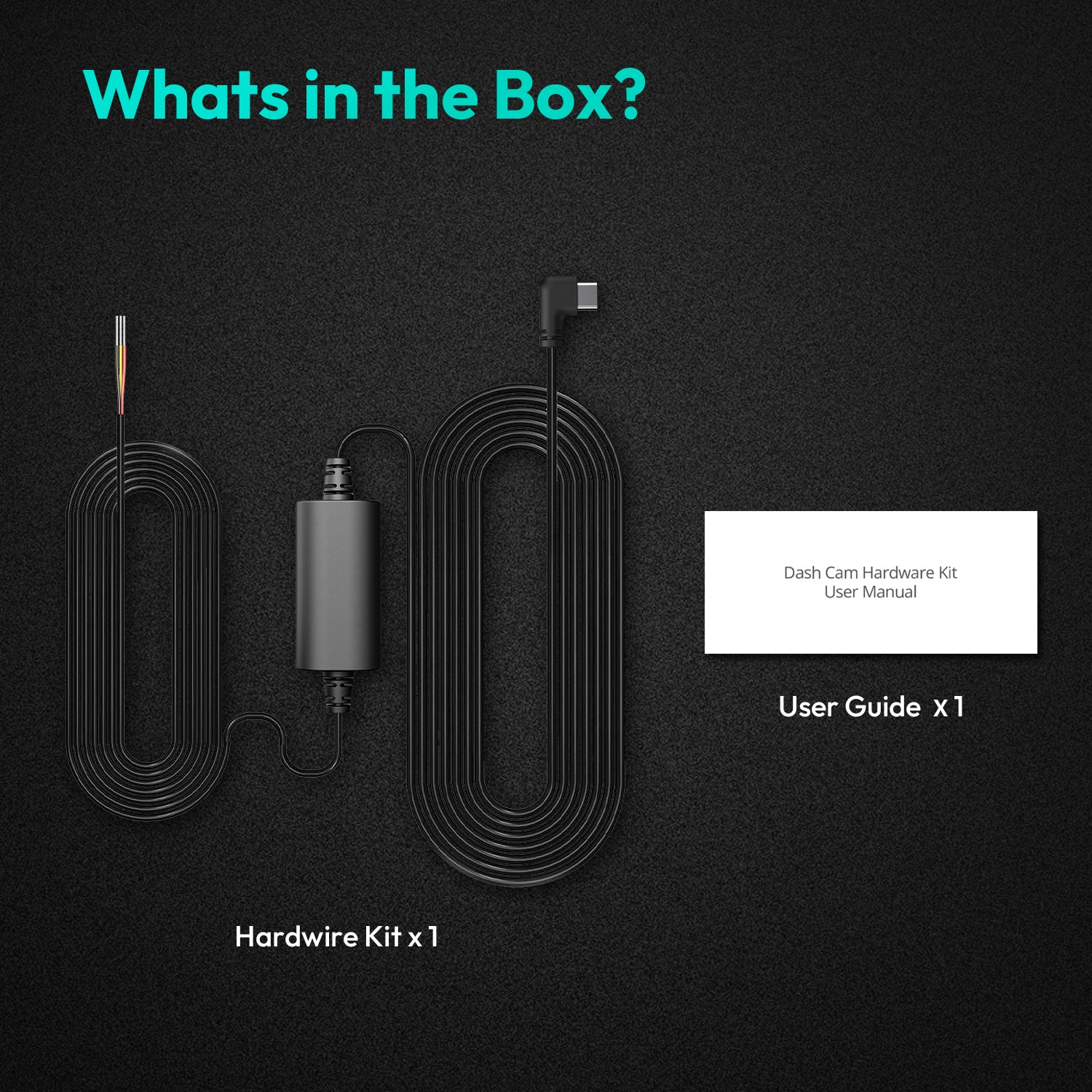
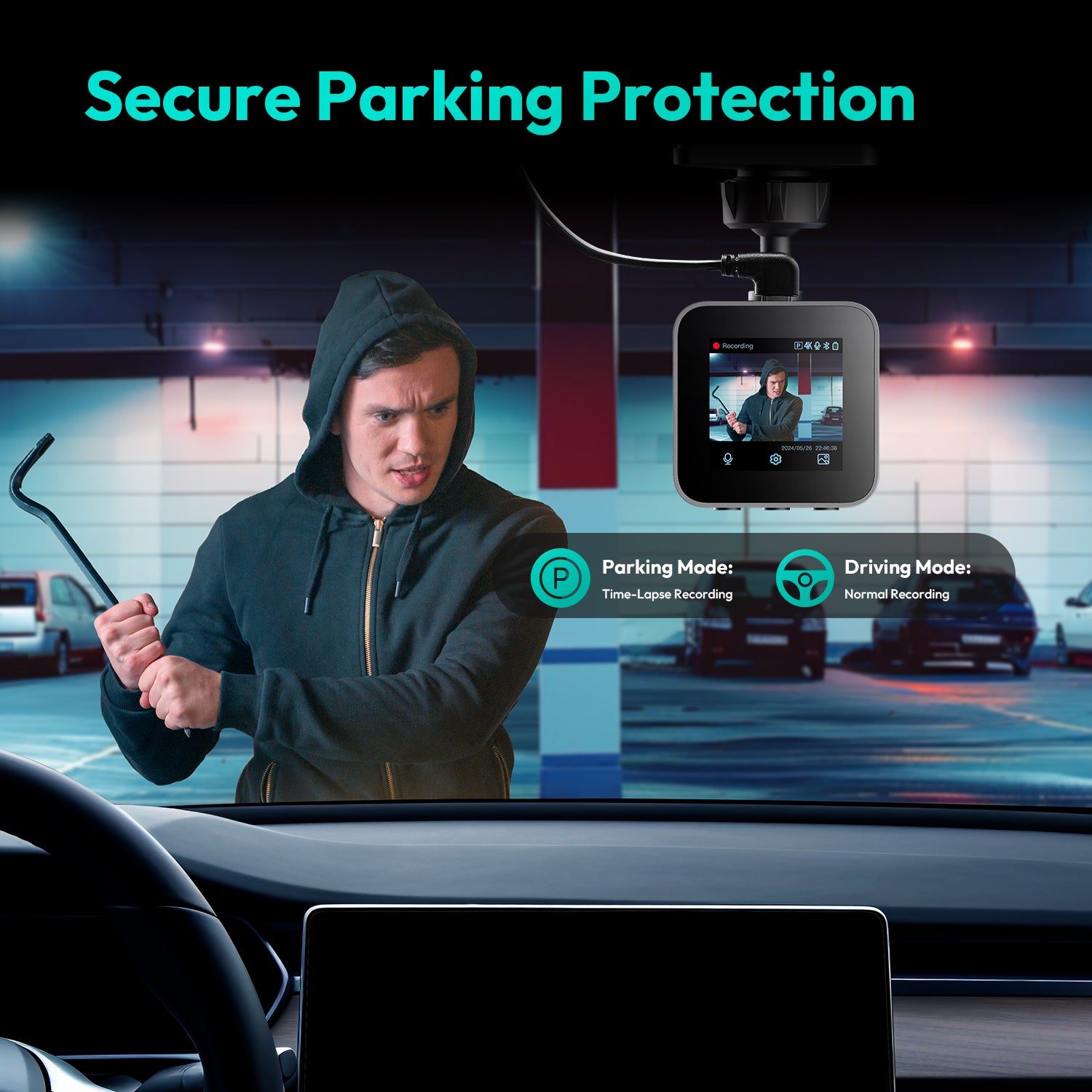
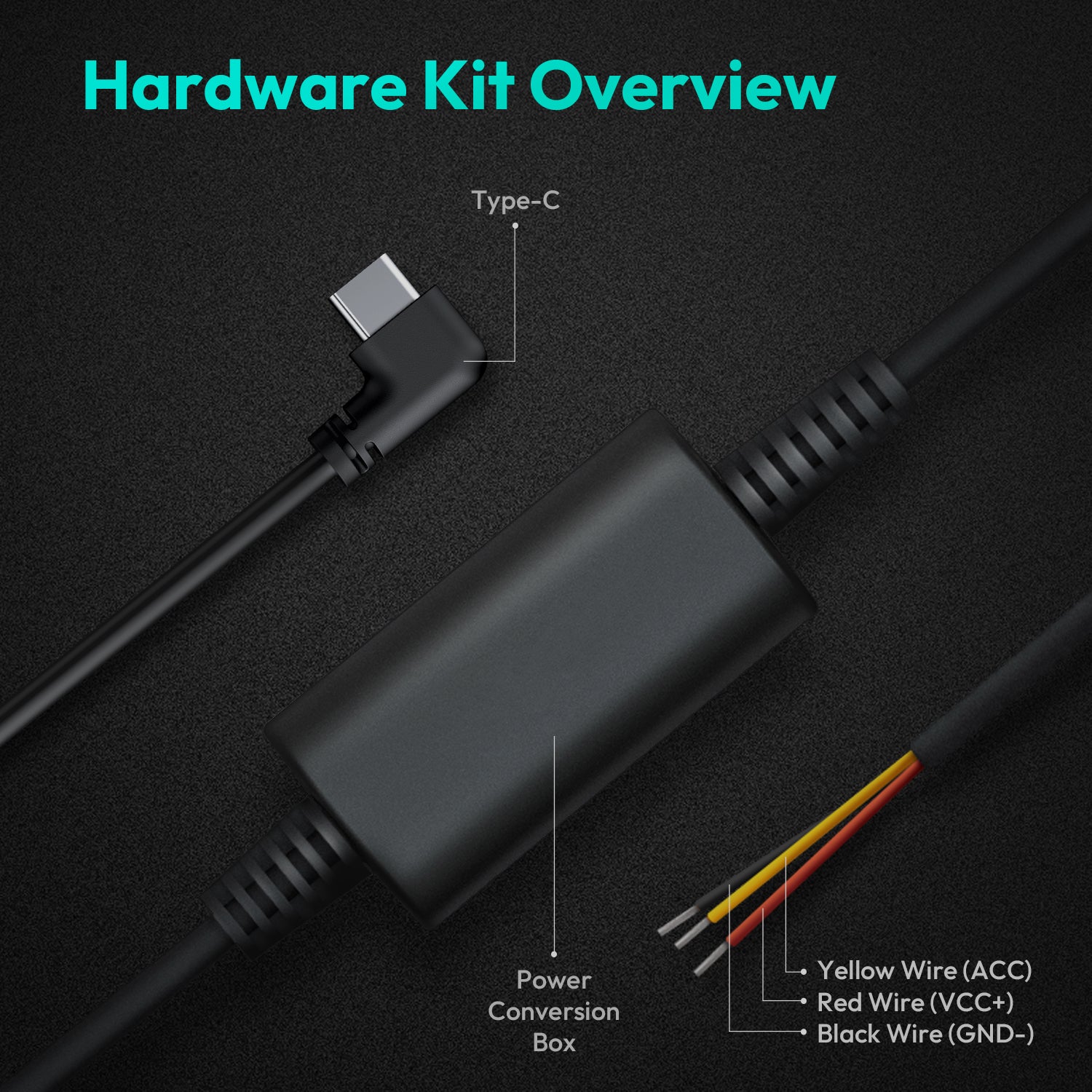
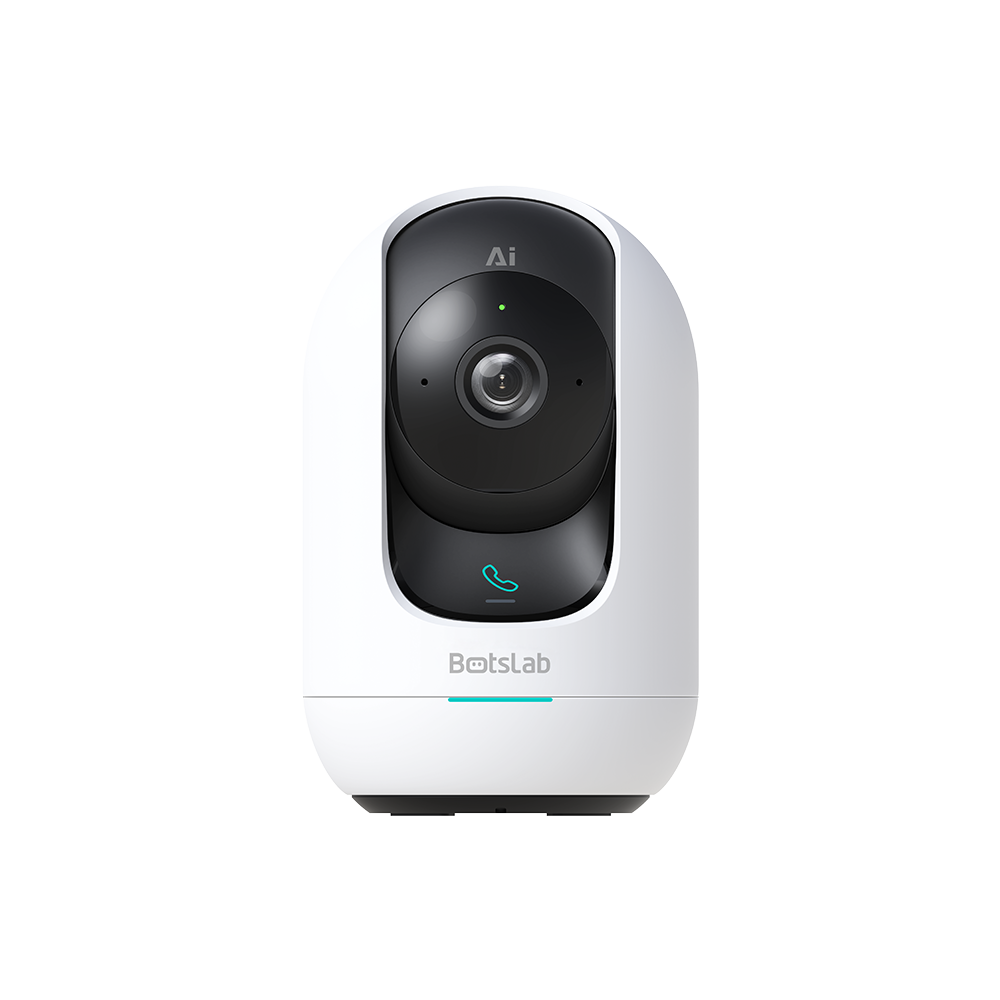


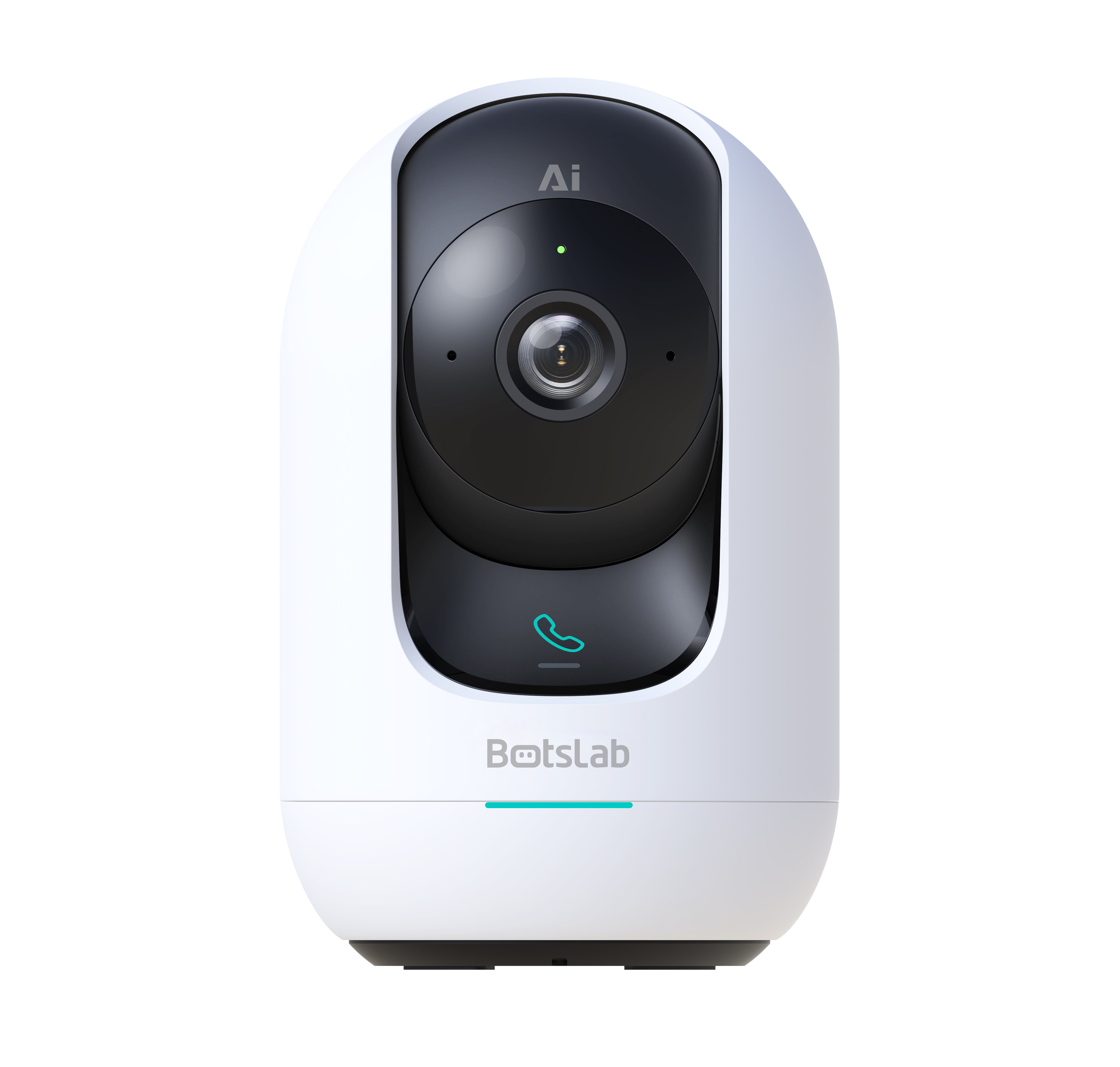

Share:
How to install botslab video doorbell
How to install a rear view dash cam?